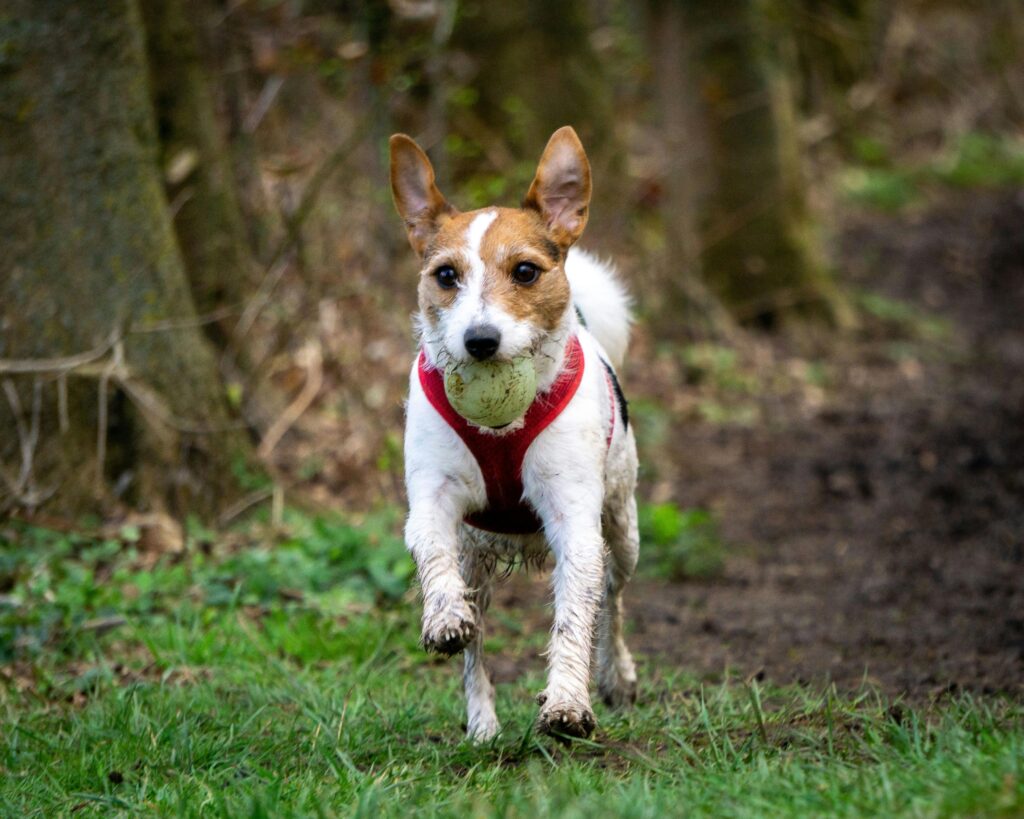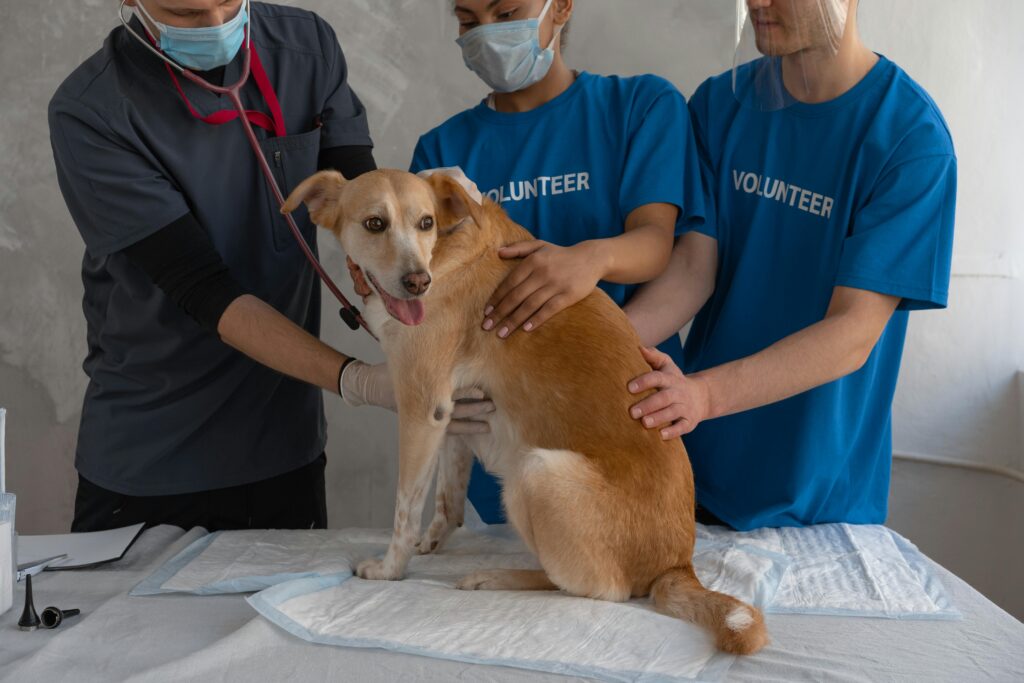
Getting a new puppy means a lot of fun—and a lot of energy! Puppies are full of curiosity and movement, but how do you know if they’re getting the right amount of exercise? Too little, and they might develop behavioral problems. Too much, and you could stress their growing joints. So, finding the right balance is important.
Let’s explore the signs that your puppy is getting enough exercise, how much they really need, and simple ways to keep them moving (without overdoing it).
Why Puppy Exercise Is So Important
Puppies need regular activity to stay healthy and burn off energy. Exercise helps with:
- Physical development
- Mental stimulation
- Reducing problem behaviors like chewing or barking
- Building a healthy routine
- Improving social skills when walking or playing with others
Exercise also gives you a chance to bond with your puppy—and builds good habits that last into adulthood.
How Much Exercise Does a Puppy Need?
There’s no one-size-fits-all answer, but a common guideline is 5 minutes of exercise per month of age, twice a day. So, a 3-month-old puppy would need about 15 minutes of play or walking twice daily.
However, this depends on breed, size, and energy level. For example:
- High-energy breeds like Border Collies or Labs will need more physical and mental stimulation.
- Toy breeds may get tired faster but still need daily movement.
- Giant breeds should avoid high-impact activities early on, to protect growing joints.
Always talk to your vet about your puppy’s specific needs based on age and breed.
Signs Your Puppy Is Getting Enough Exercise
Here’s how to tell if your puppy’s routine is working:
- Calm Behavior at Home
If your puppy rests calmly after playtime and isn’t bouncing off the walls, they’re likely getting enough exercise. Puppies naturally nap a lot—but if they settle easily after activity, that’s a good sign. - Healthy Weight and Muscle Tone
Your vet can help assess this, but puppies who exercise regularly tend to stay lean and build healthy muscles. If your puppy seems a little too chunky or very lean, their activity level and diet may need adjusting. - Good Sleep Patterns
A well-exercised puppy sleeps better at night and may nap more consistently during the day. If your puppy is restless at bedtime, they might need a bit more movement earlier in the day. - Fewer Destructive Behaviors
Bored puppies often chew, dig, or bark excessively. If those habits are decreasing with more structured play and walks, you’re on the right track. - Happy Energy (Without the Chaos)
Puppies should be energetic and playful, but not constantly hyper. A balanced amount of exercise results in playful bursts—not nonstop chaos.
Signs Your Puppy Might Need More Exercise
If you’re noticing these behaviors, it could mean your puppy isn’t getting enough physical or mental stimulation:
- Excessive barking or whining
- Chewing furniture, shoes, or anything in reach
- Pacing or difficulty settling down
- Jumping on people or pulling on the leash during walks
- Difficulty sleeping at night
Adding short training sessions, new toys, or more interactive walks can help.
Signs of Over-Exercising
Believe it or not, puppies can get too much exercise. Watch for these signs of overdoing it:
- Limping or soreness
- Reluctance to go for a walk
- Sleeping too much or seeming overly exhausted
- Heavy panting or lagging behind on walks
- Irritability or loss of interest in play
If you notice these, ease back on physical play and focus on low-impact enrichment, like puzzle feeders or training games.
Fun and Easy Ways to Exercise Your Puppy
You don’t need a big yard or fancy equipment. Here are simple activities:
- Short walks around your neighborhood
- Tug-of-war or gentle fetch indoors
- Training games that use sit, stay, come, or down
- Puzzle toys or treat-dispensing balls
- Obstacle courses using pillows, chairs, and blankets
- Playdates with vaccinated puppies or friendly adult dogs
Rotate activities to keep things fun and avoid boredom.
Exercise Tips Based on Where You Live (Including Texas Weather!)
If you live in a hot climate like Texas, avoid walking your puppy in the heat of the day. Early mornings or late evenings are best, especially in summer. Hot pavement can burn sensitive puppy paws, so always check the ground with your hand before stepping out.
During the warmer months, play inside with fans or cooling mats nearby. In cooler seasons, your puppy may enjoy longer outdoor sessions in local parks, trails, or puppy-safe yards.
Create a Puppy Exercise Routine That Works for You
Building a simple daily routine helps your puppy know what to expect. For example:
- Morning: Short walk + potty break
- Afternoon: Short training session + play
- Evening: Backyard time or tug-of-war indoors
- Before bed: Calm play or gentle chew toy time
Keep the routine flexible, but consistent enough that your puppy feels secure.
Conclusion
Knowing if your puppy is getting enough exercise comes down to balance. Pay attention to their energy, behavior, sleep, and physical health. With the right amount of daily activity, your puppy will grow up healthy, well-behaved, and happy.
Remember: exercise isn’t just about movement—it’s about bonding, building trust, and making every day a little more fun for your growing best friend. 🐾💕

